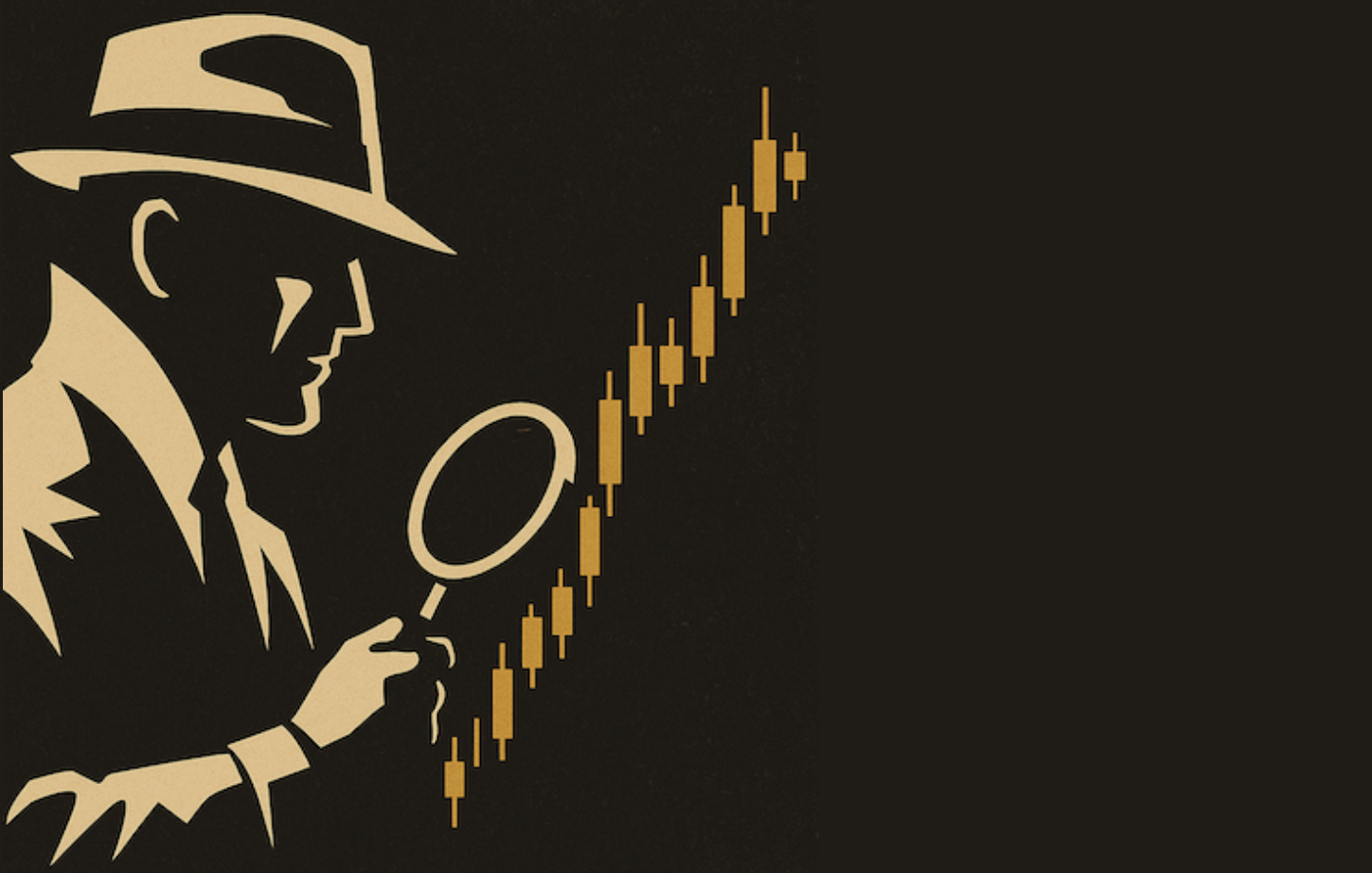WORLD STOCK INDEX PEAKED IN 2011 -- CANADA SHOWS BIG DIVERGENCE WITH U.S. -- ECB INACTION PUSHES EURO AND EMU STOCKS LOWER -- S&P 500 REMAINS ABOVE SUPPORT BUT WITH WEAKER MOMENTUM
WORLD STOCK INDEX PEAKED IN 2011... My earlier message showed a rotation out of small cap stocks into mega-caps in the middle of 2011 which continues to this day. That suggests that investors have been growing increasingly defensive over the last year. Chart 1 provides graphic evidence that global stocks may have actually peaked last year as well. It shows the Vanguard Total World Index (VT) since 2009. [The VT includes stocks from all over the world in both developed and emerging markets. It has a surprisingly large weight to North America (51%). Europe accounts for 22%, emerging markets 13%, and the Pacific region 12%. The chart shows a major uptrend line being broken last summer (red circle). The VT has since formed a pattern of lower peaks (red trendline). Although the U.S. stock market has held up better than other global stocks, it too is influenced by global trends. This chart isn't encouraging.

(click to view a live version of this chart)
Chart 1
CANADA SHOWS BIG NEGATIVE DIVERGENCE WITH U.S.... In case you're wondering why North America hasn't lent more strength to the Vanguard All World Index, take a look at Chart 2. Since the start of 2011, the S&P 500 (blue line) has gained 8% and reached a new recovery high this spring. By contrast, the Toronto Composite Index (red line) has lost 14% over the same time span and has formed a bearish pattern of "lower highs" and "lower lows". The TSX is also dangerously close to a "neckline" drawn under its 2010/ 2011 lows. Historically, the two North American markets have been highly correlated. Although the six-month Correlation Coefficient (below chart) has weakened a bit this year, it still stands at a relatively high .69 value. This type of discrepancy can't last for too long, and will have to be resolved sooner or later one way or the other. Either Canada and other foreign stock markets start rising, or the U.S. market will start falling.

(click to view a live version of this chart)
Chart 2
MARIO DISAPPOINTS MARKETS... Don't promise what you can't deliver. Last Thursday the ECB president made a bold statement in defense of the Euro which gave a big boost to that currency and global stocks. Unfortunately, today's inaction by the ECB has had the opposite effect. Chart 3 shows the Euro backing off sharply from its 50-day average (blue arrow). The Euro is testing important chart support at 120 which was formed in mid-2010. European stocks were hit especially hard. Chart 4 shows the EMU Index iShares (EZU) falling more than 3%. [The EZU includes markets in the European Monetary Union. It's biggest weightings are France (32%), Germany (30%), Netherlands (10%), Spain (9%), and Italy (7%)]. This past week's rebound didn't even challenge its summer highs (red line). The EZU is trying to stay above its fourth quarter lows (blue circle). It's also well below its falling 200-day moving average (red arrow).

(click to view a live version of this chart)
Chart 3

(click to view a live version of this chart)
Chart 4
S&P 500 SHOWS NEGATIVE DIVERGENCES... Chart 5 shows the S&P 500 still in an uptrend of rising peaks and troughs since the start of June. The 14-day RSI line (above chart), however, has been flat during that rising trend. In addition, the daily MACD histogram bars (below chart) have been declining over the last month (although they remain slightly positive). The SPX also remains above its 50- and 200-day moving averages. A drop below its July lows (and its red line) would have to take place to end its summer bounce. The U.S. is still the market of choice in a weak global environment (aided by a stronger dollar). But its technical underpinnings are starting to weaken.











